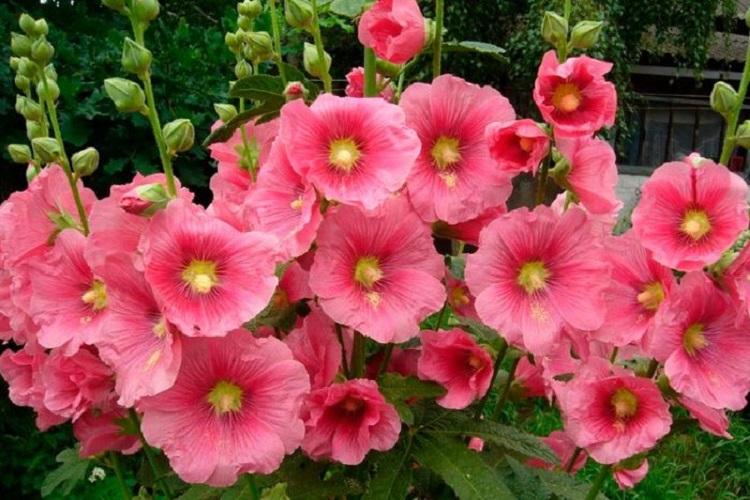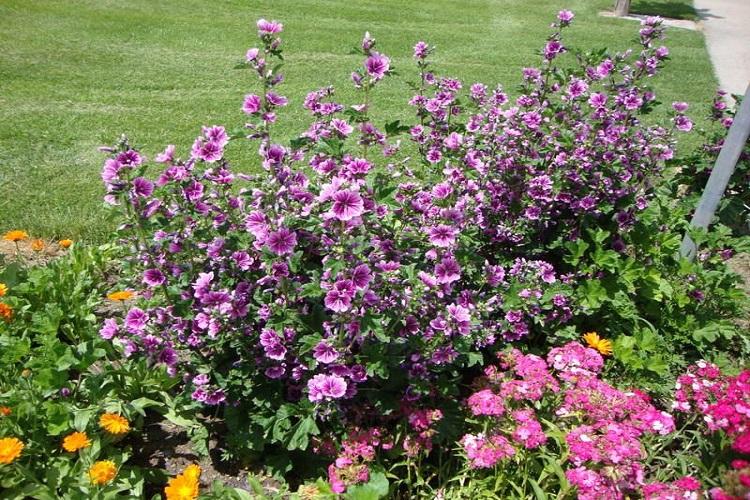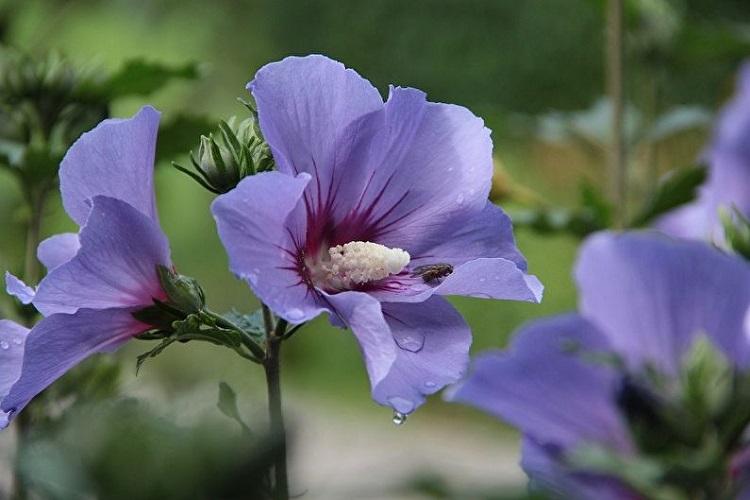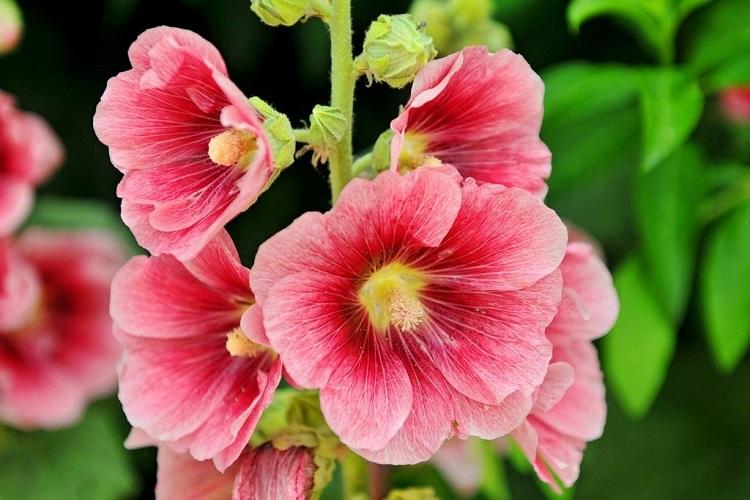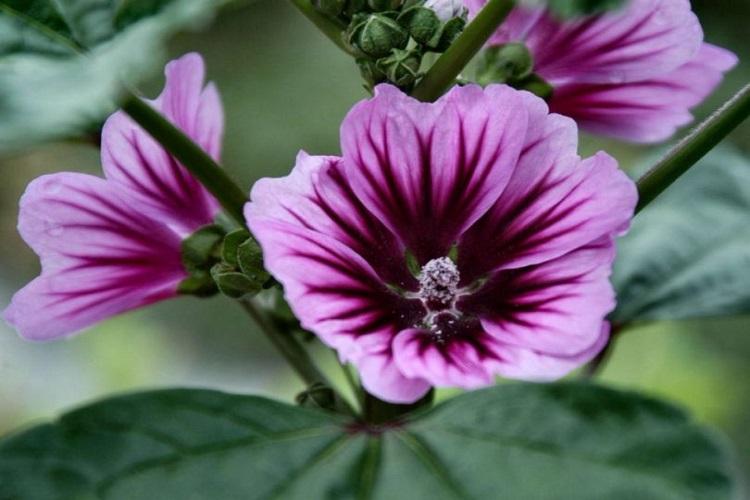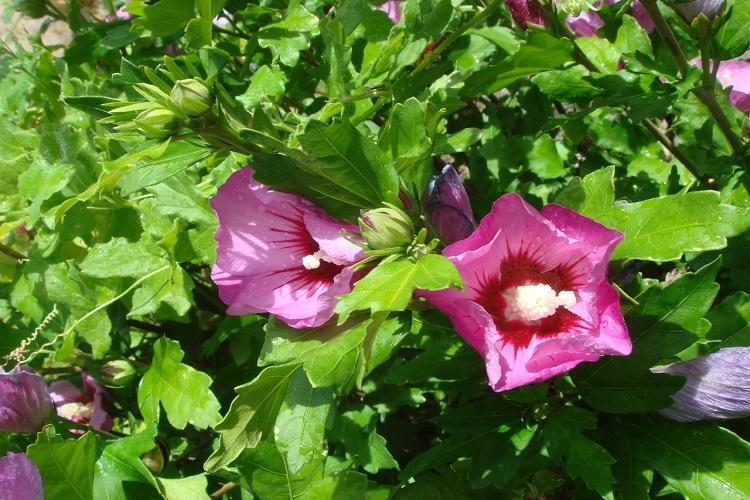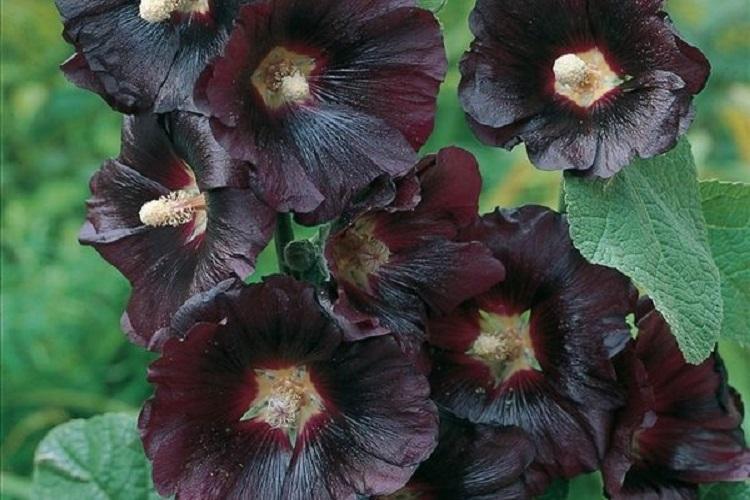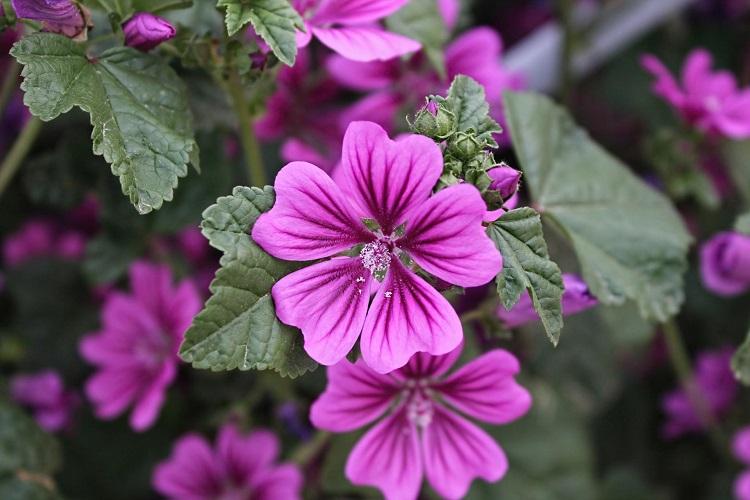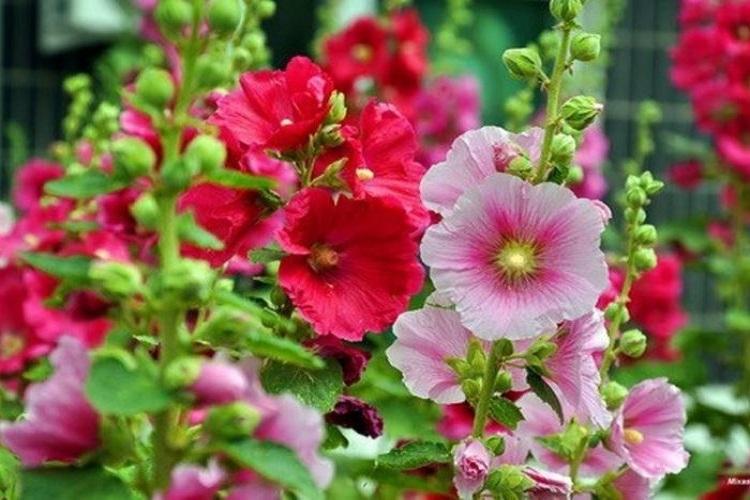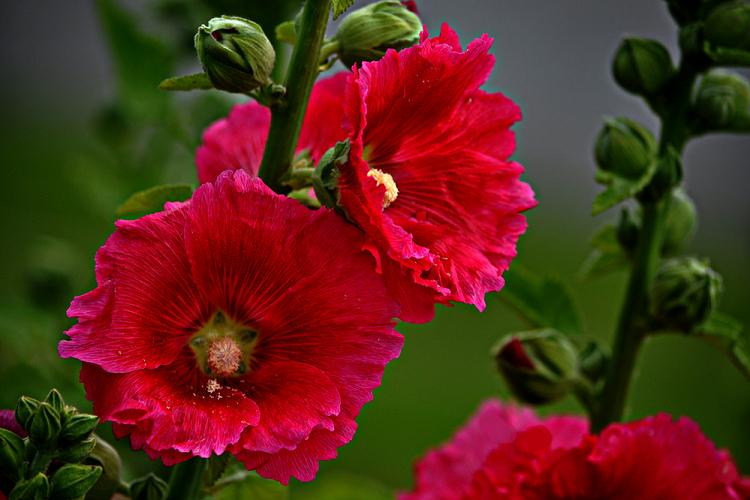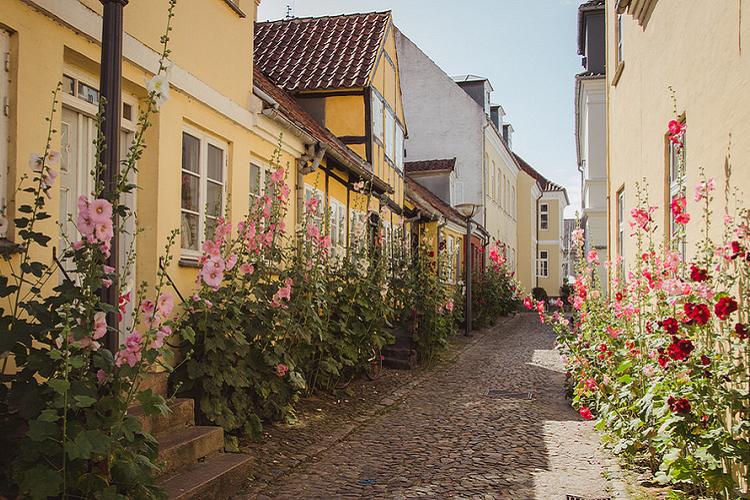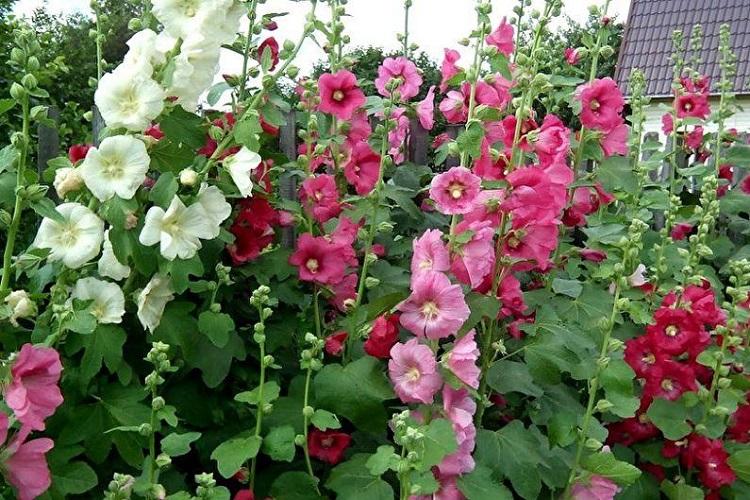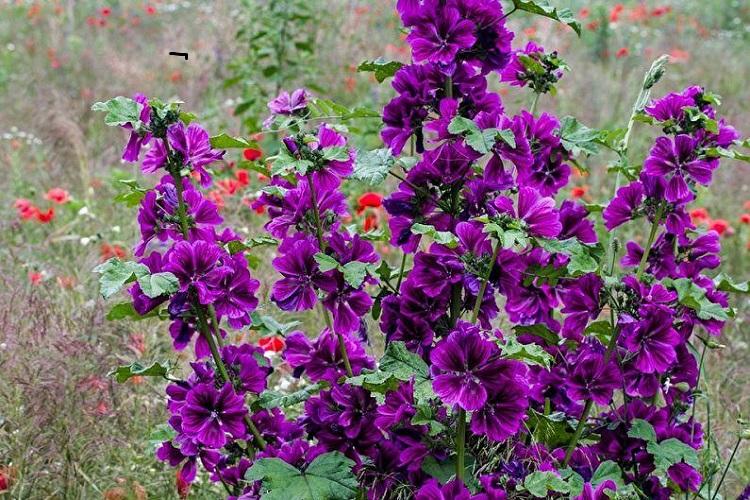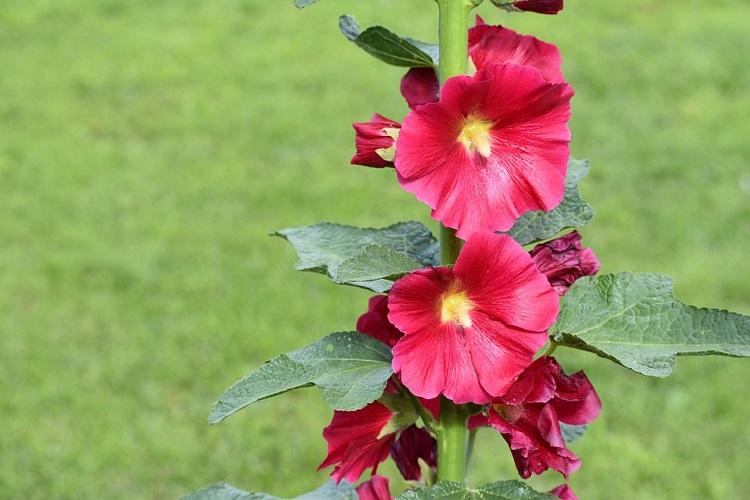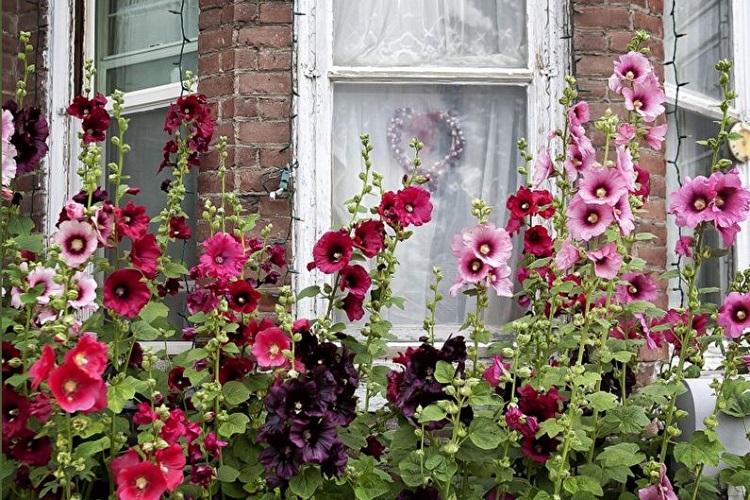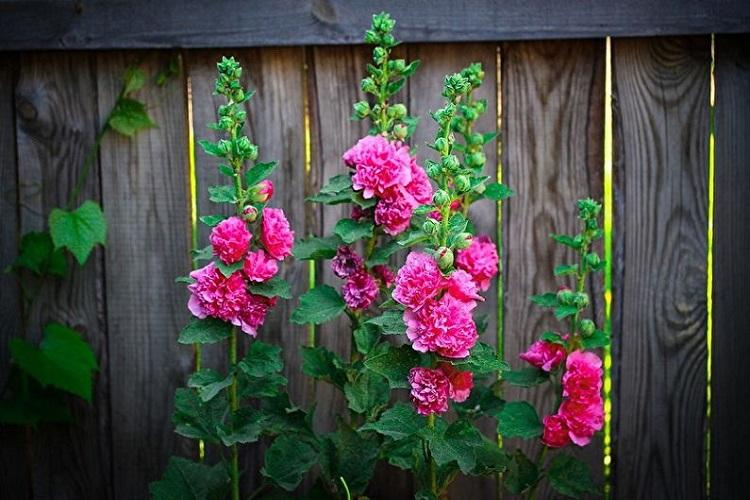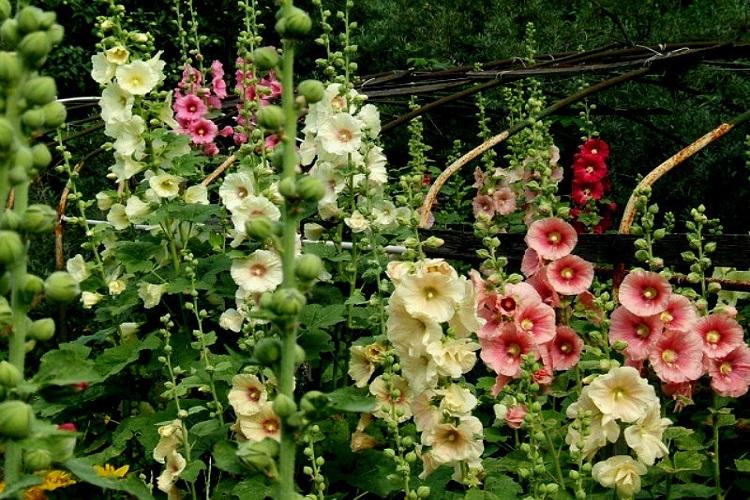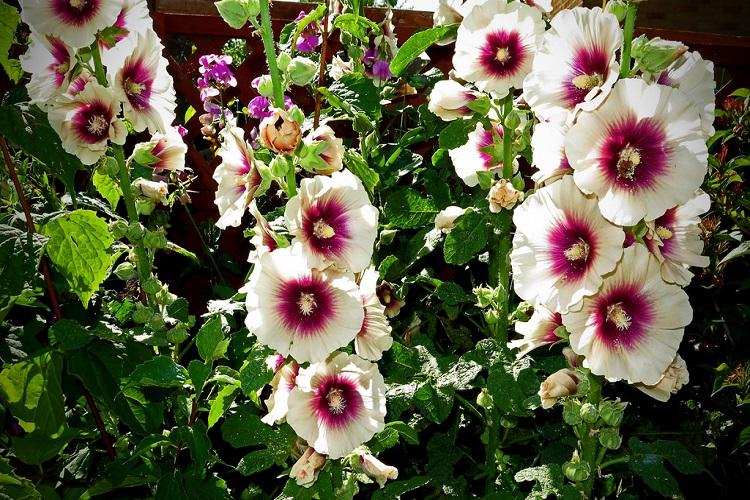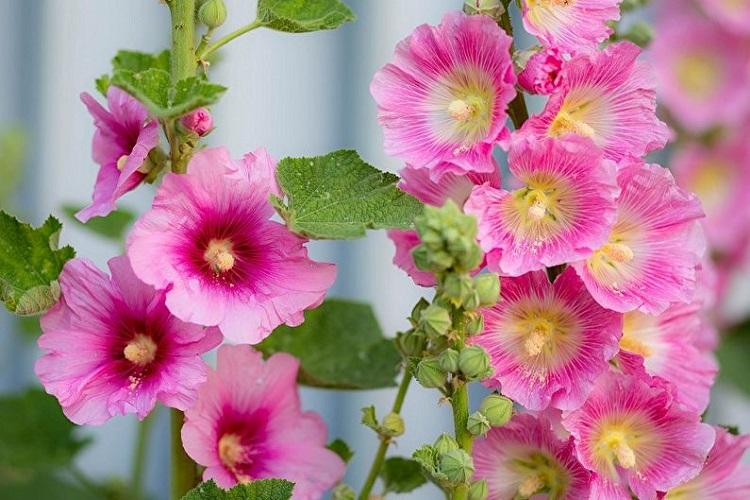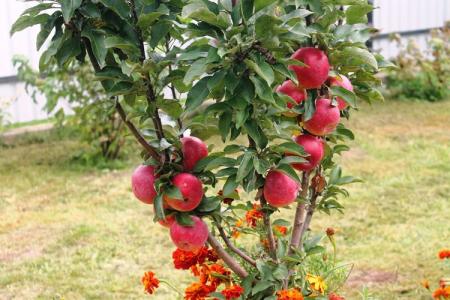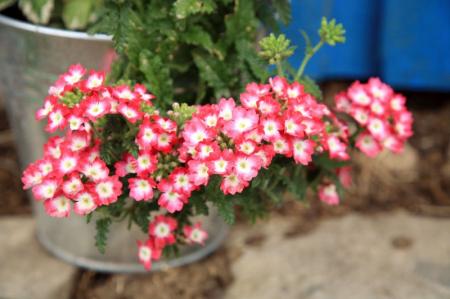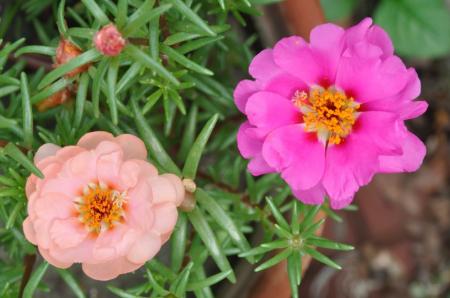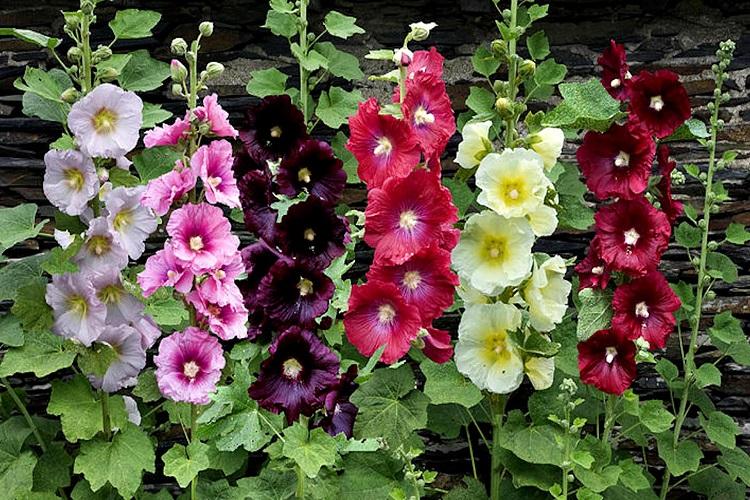
Mallow, rich in color palette, perfectly decorates the garden, decorates buildings and a fence. Moreover, some varieties are in demand in traditional medicine. Therefore, choosing it for planting in your yard is a reasonable decision. However, like any other cultivated plant, mallow requires proper care. In this article, we will help you choose a variety, highlight the basic principles of care, reproduction, and also show you how to deal with diseases!
general characteristics
Malva (Prosvirnik) are annual and perennial herbaceous plants, which are a type genus from the Malvov family. Flowers grow in regions with tropical, subtropical and temperate climates in South and North America, northern Africa, Asia and Europe. Wild specimens can be found near roads, fences, slopes and forests.
Mallow reaches lengths from 30 to 120 centimeters. It has a branched, long, fusiform root. As a rule, it is unpretentious in care, it is resistant to frost and drought.

Flowers are large, about 13 cm in diameter. The color is very variable: there are yellow, white, yellow, lilac, pink, red and almost black varieties. Flowering lasts throughout the summer.
Malva is widely used for the manufacture of medicines, homemade decoctions and tinctures. Roots, stems, leaves and flowers have healing properties. They are used to treat disorders of the gastrointestinal tract, kidneys, as well as colds, bronchitis, periodontal disease and stomatitis.
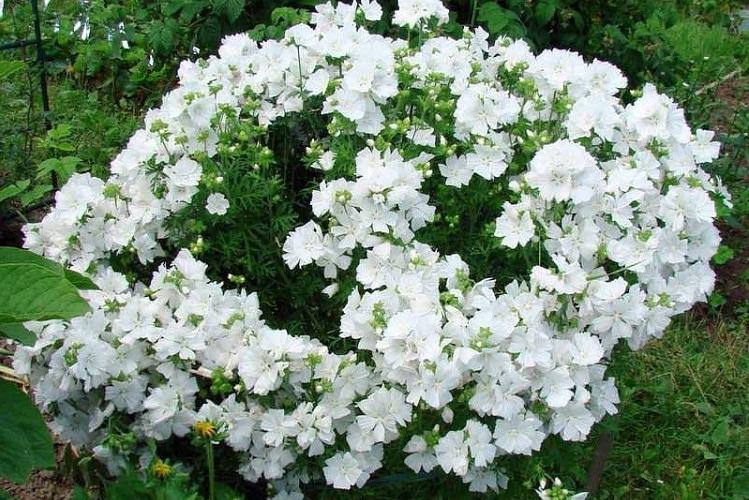
Mallow species
According to The Plant List, the mallow genus includes 29 species. Not all of them are cultivated in our latitudes. And those that are grown in home garden plots are not always directly related to this genus. Of the most common species in gardening, the following varieties can be distinguished.
Musk mallow
This mallow variety reaches a height of 20 cm to 1 m and has a pleasant musky aroma. The stems are hairy, straight. Flowers - up to 5 cm in diameter, painted white or pink.
For cultivation, you need to choose a well-lit area, sheltered from the wind with soft soil. Popular varieties used in horticulture include the Pink and White Towers and White Perfection.
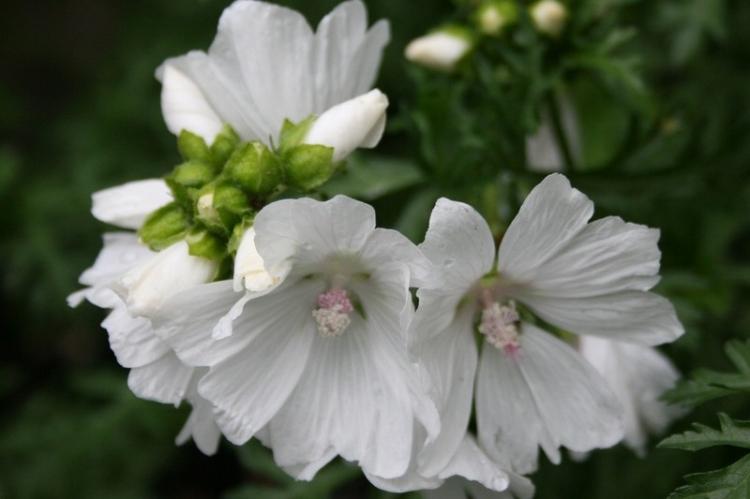
Forest mallow
A wild flower can be found in light park areas and forests in Europe, North-West India, Asia Minor and Central Asia, North Africa. At the same time, it feels good in home gardens (it has been cultivated since the time of the ancient Greeks, Romans and Egyptians).
Forest mallow is a biennial plant growing from 30 to 120 cm in length. Stem glabrous or covered with sparse hairs, straight and branched. Beautiful varieties: light Zebrina in a pink shade and dark Black pearl of a purple color.

Mallow wrinkled
In the botanical classification - stock-rose, a separate genus from the Malvov family. At the same time, in appearance and in care, the plant does not differ much from the rest of the mallow. Therefore, in everyday life it is not customary to attribute it to a separate clan.
The most successful varieties: Chater's Double Strein (grows up to 2 m, flowers - 15 cm in diameter, double, similar to peonies); Pinafore Mixed (up to 1 m in height, flowers are glossy, simple or double, have different colors); Majorette Mixed (up to 75 cm, large, semi-double flowers).

Hybrid mallow
A perennial plant with several separate stems. Reaches 2 meters in height, flowers are large, double, presented in pink and white. It pleases with flowering from June to September. Top varieties: Powder Puffs, Gibbortello, Appleblossom, Chaters Double.
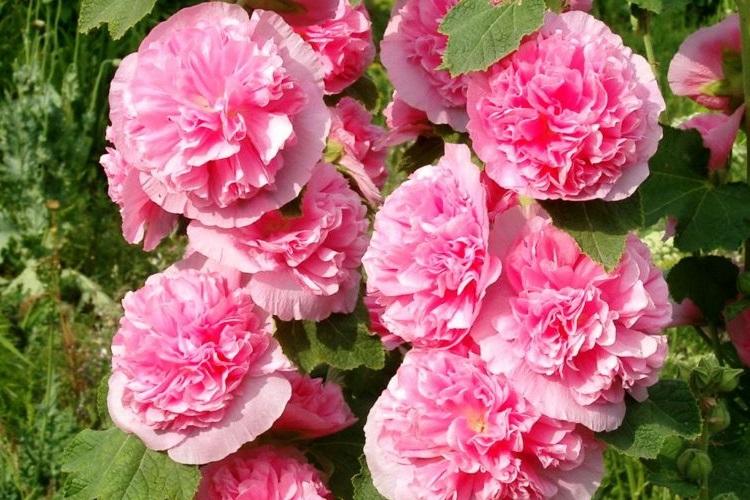
Sudanese mallow
Also known as Sudanese rose and hibiscus. It is a biennial, tree-like or shrub plant up to 3 m in height. Flowers - 7-10 cm in diameter, deep red. The fruits have medicinal properties, from which you can prepare drinks and decoctions.Tree variety - Malva sabdariffa var. Altissima. Shrub variety - Malva sabdariffa var. Sabdariffa.
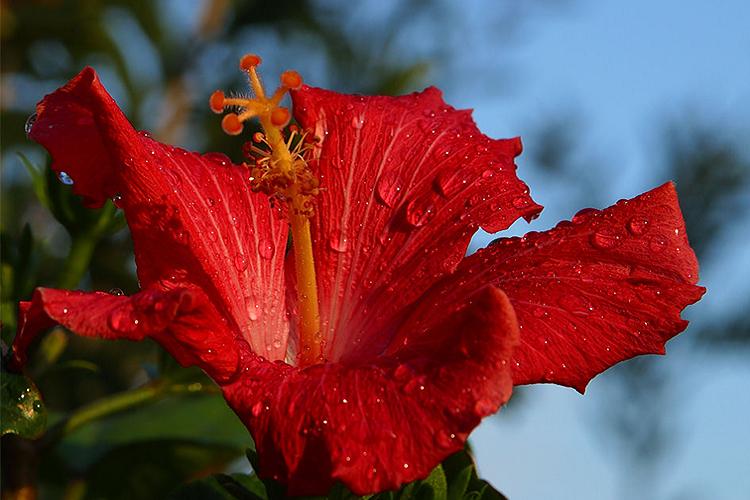
Mallow care
In general, mallow is easy to care for. To make her feel good, it is enough to follow a few simple conditions.
The right place to plant
It must be well lit. As a last resort, you can use shaded areas, but get ready that the flowering will not be so lush and abundant. Also try to protect the mallow from gusts of wind that can break tall stems and flower stalks.
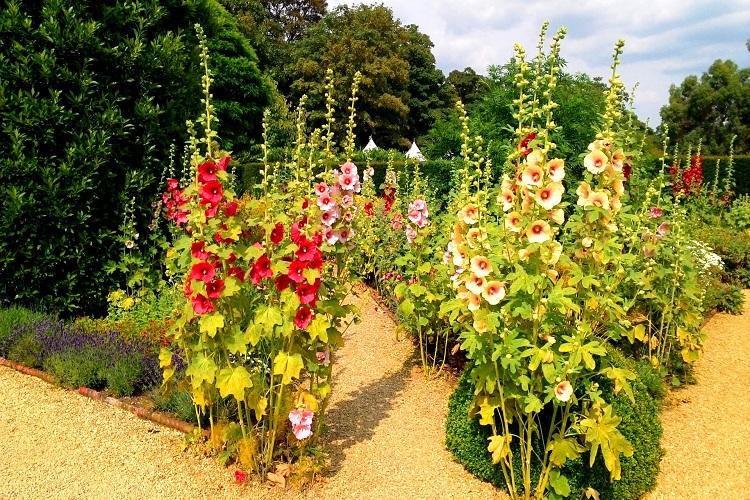
The soil
A soft soil that is easily permeable to air and water is suitable. If the land is not nutritious, then it will have to be additionally fertilized. In this case, wrinkled mallow must be planted in loam. Please note that regardless of the type and variety of the plant, it needs to provide high-quality drainage.
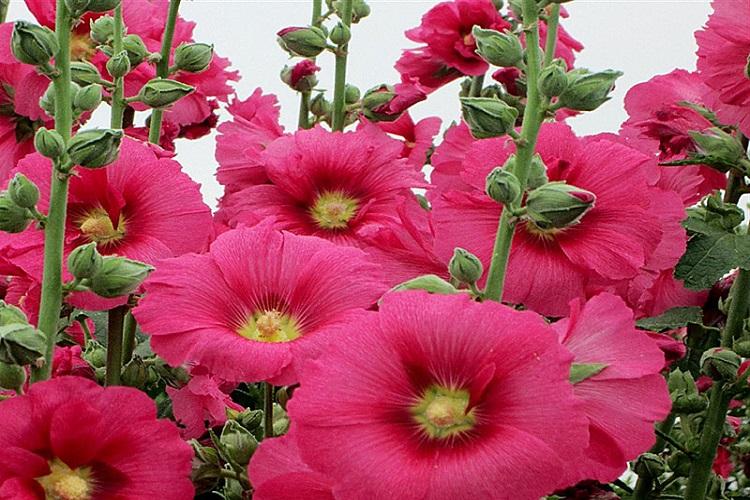
Loosening
It is not enough to find the right soil - you also need to look after it. But this is not difficult. It is enough to loosen it regularly to give the rhizome access to air and prevent the development of weeds.
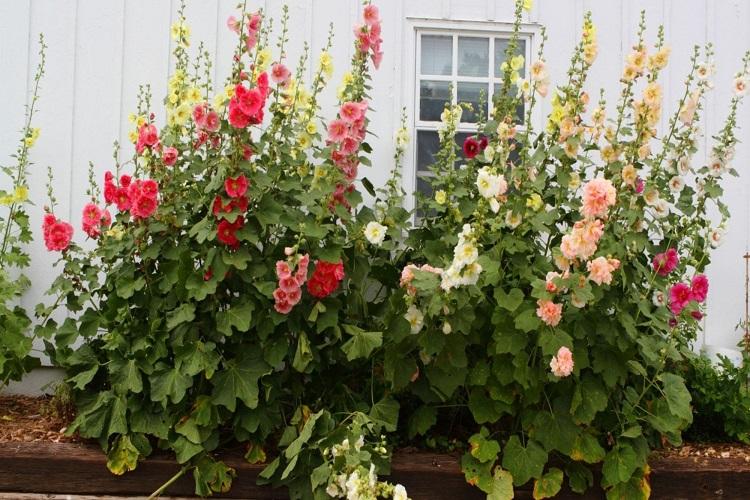
Top dressing
Enrich the soil annually with compost, humus and peat (3 kg per 1 sq. M). In anticipation of budding, fertilize the soil with a mineral complex fertilizer.

Watering
As a rule, moderate watering once or twice a week is sufficient for good development of mallow. In dry weather, in persistent heat, as well as in southern latitudes, you need to water the flower with plenty of water every two days. The volume of fluid also increases during the budding period.

Reproduction and planting
Regardless of the type and variety of mallow, it can be propagated and planted in one of three classical ways: cuttings, seeds and seedlings.
Cuttings
Suitable if you want to plant a specific variety. Held in spring or summer. In the first case, cut off the stalk closer to the root, at the bottom of the stem. And in the summer, take from the middle of the stem.
So, cut the stalk with a sharp knife. Then treat the cut itself with chopped charcoal. Plant the scion in a prepared pot with soil and plenty of fields. Here he will remain until transplanted into open ground. It is not always possible to propagate a flower in this way, so many cuttings should be prepared.
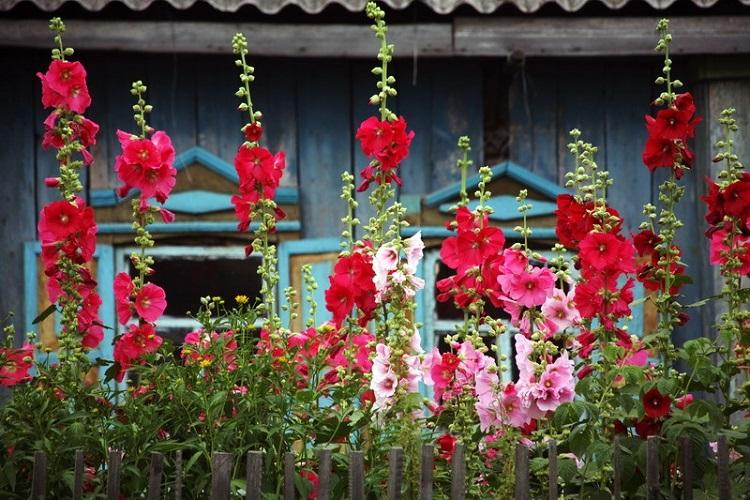
Seeds
As a rule, seeds are planted outdoors in June. First, dig up the area and make a very small hole. The distance between the seeds will depend on the mallow variety. Low ones are sown with a gap of 40 cm, and 60 cm should be left between tall ones.
The seeds are buried in thin soil and watered regularly. The first shoots should appear in two weeks. But the flowers will appear not earlier than the second year.
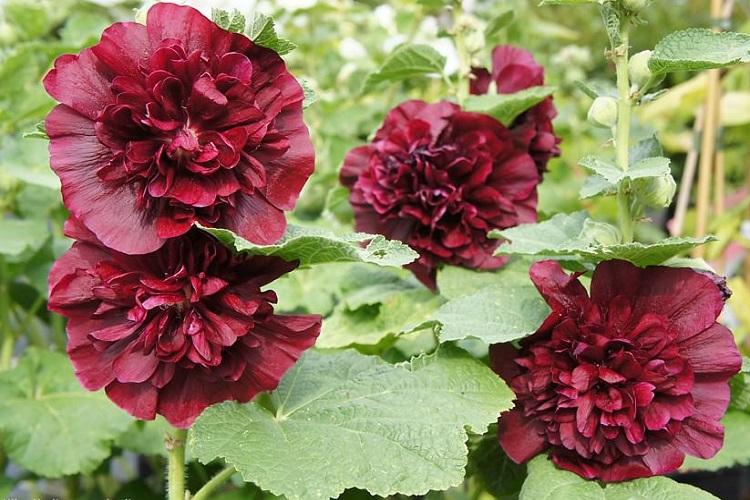
Seedling
You need to sow seeds for seedlings in March, and you can plant them in open ground in July or August. Prepare small pots, plastic or paper cups. Fill them with soil, preferably special for seedlings.
Place the mallow seeds on the surface of the ground and lightly sprinkle them with soil. Further, the seedlings are regularly watered and kept in a warm place (temperature not lower than 18 degrees) without drafts. About a week before planting, the containers are taken outside for adaptation.
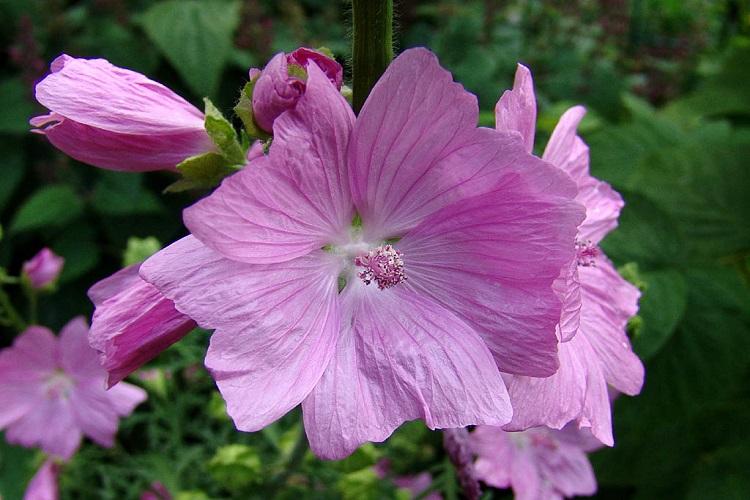
Diseases and pests
Mallow is quite resistant to diseases. Typically, they can arise from heavy rainfall and over-watering. But the plant can be affected by fungal diseases: powdery mildew, spotting, stem cancer, rust, mosaic virus. The affected areas are trimmed and the mallow is treated with an antifungal solution according to the instructions on the package.
The flower can also be affected by spider mites and aphids. If you find them, just treat the mallow with an insecticide.
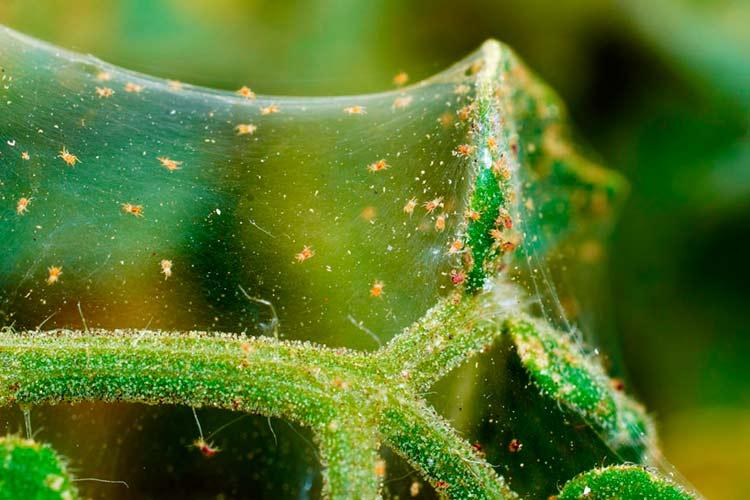
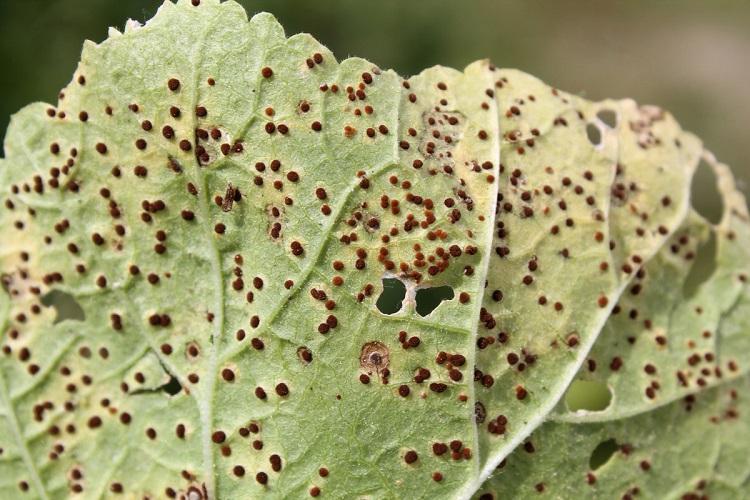
Mallow - photo
So, we figured out the main types of mallow and the rules for caring for them. To finally decide on planting this beautiful flower, we bring to your attention a selection of photos. Perhaps in a year or two you will observe such a lush bloom not only in the photo, but also in your own garden. Happy viewing!
